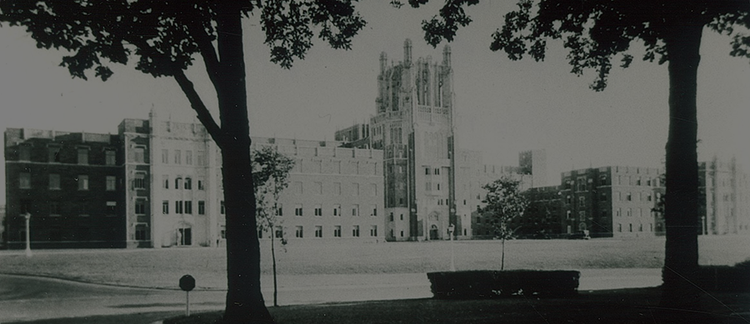Abstract
Introduction: The University of Iowa Hospitals and Clinics (UIHC) serves as the main referral center for Iowa and has seen increased delivery volumes following many hospital closures across the state. Maternal characteristics are also shifting as pre-pregnancy obesity of reproductive-age women is increasing nationally and in Iowa; average maternal age at first delivery has also increased over time. The aim of the current study was to characterize the outcomes of the delivering population at UIHC over a one-year period to better understand the population we serve, as well as compare our population to state and national delivering populations.
Methods: This study is a secondary analysis of a pre-existing prospectively gathered database related to COVID-19 in pregnancy. The current study included all pregnant patients who delivered or underwent procedures for a spontaneous or induced second-trimester abortion on the labor and delivery unit at UIHC between May 1, 2020, and April 30, 2021. Demographic and clinical data including maternal characteristics, delivery information, maternal complications, and neonatal outcomes were obtained from the electronic medical record and double entered in a Research Electronic Data Capture (REDCap) database. Continuous and categorical variables were summarized using medians and ranges.
Results: The median maternal age among the 2497 delivering patients was 30 (IQR 26, 33). The median pre-delivery body mass index (BMI) was 32 (IQR 28, 37), which included 439 patients (17.6%) with BMI >40 at time of delivery. 1769 (70.8%) patients listed White as their self-defined race and 2275 (91.0%) listed English as their preferred language. 23% had hypertensive disease of pregnancy. The patients delivered a total of 2603 neonates, with 907 (34.8%) born by cesarean section. 18.7% of deliveries were preterm and 16.6% of neonates had low birth weight.
Discussion: The delivering population at UIHC has a high rate of obesity and preeclampsia, both of which place patients at higher risk for other obstetric complications. The cesarean section rate was significantly higher than the national rate of 31.8% (p=0.0017). Understanding common complications in our changing population will better equip providers to care for these patients; providing these data also creates a resource for other researchers.
Keywords: Obesity, preeclampsia, cesarean, Midwest, obstetric outcomes, maternal complications, neonatal complications
How to Cite: Please cite this paper as: Swartz SR, Kenne KA, Steffen HA, Bujimalla PV, Wendt LH, Jackson JB, Rysavy MB. Prevalence of maternal complications and neonatal outcomes at a Midwest academic health center. Proc Obstet Gynecol. 2023;12(1): Article 5 [12 p.]. Available from: https://pubs.lib.uiowa.edu
Rights: Copyright: © 2023 Swartz, et al.
Downloads:
Download PDF
View
PDF

